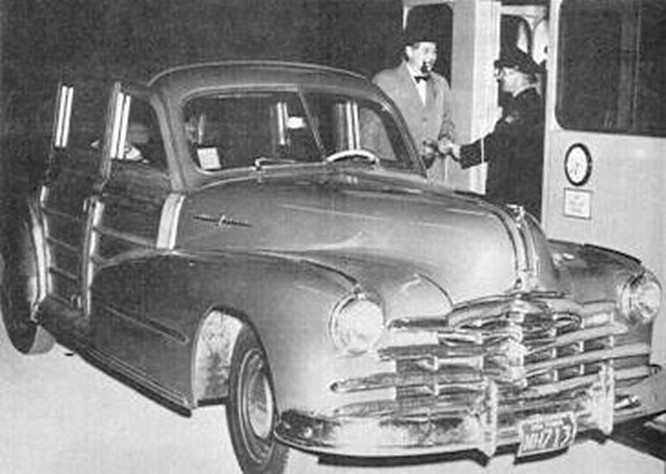Governor-elect Corbett has his work cut out for him come January. During the campaign, he promised no new taxes yet took a pledge to “reduce congestion and build new roads”. Now will come the seriousness of how to pay for these promises. We all know where just the discussion of the ‘possible’ tolling of 422 factored in the last election!
It was with interest that I read a report from Harrisburg about I-95 through Philadelphia and the price tag for repairs and rebuilding. The 20-mile stretch was built back in the 70’s and probably epitomizes the severity of roads in the Commonwealth in need of serious repair. Considering its daily use as a major corridor that brings people into Philadelphia and through the area, a 95 rebuilding project would be massive (and costly).
With a price tag estimated to be $20 billion (the entire Pennsylvania Department of Transportation budget for new highway construction was $1.8 billion in 2010) some elected officials are scratching their head as how could the state ever pay for such a project. One idea being considered is leasing the highway as well as others across the state.
State Rep. Rick Geist (R-Blair), chair of the House Transportation Committee has been vocal that I-95 needs more than repairs, that this stretch of the highway will need to be rebuilt within the next 10 years. If you recall a couple of years ago, a stretch of the elevated road had to be shut down for repairs when large structural cracks were found in the support columns . . . warding off what could have been a serious situation had the overpass collapsed during the height of rush-hour.
Reflect on the overall state of roads in Pennsylvania. I have mentioned this before but I think it bears repeating – according to the Society of Civil Engineers, they have rated 38% of the Commonwealth’s roads at a ‘fair’ or ‘poor’ level. Folks, it doesn’t get much worse . . . in fact they further suggest that one-fourth of all the state’s bridges are structurally deficient and 17% of our bridges are deemed functionally obsolete. Scary, don’t you think?
So maybe the only solution for updating of the infrastructure is a private leasing arrangement. There is a group called the Public-Private Partnership (P3), which will take care of the cost of repairing and maintaining the major highways. So what does P3 gain from this arrangement? The private firms place tolls on the road to cover their expenses. Not sure if the Department of Transportation would have oversight or any control on the tolling levels. The Federal Highway Administration encourages the use of P3 partnerships as a means to pay for needed highway repairs when there are funding issues.
I know that many in the community were opposed to the tolling of 422 but I am curious if people feel likewise about I-95. And what about the notion of a private third-party making the decisions and setting the tolls? Pennsylvania’s road and bridge infrastructure is in crisis but, with so many lawmakers running in this last campaign on no increase in taxes platform, how are these roads and bridges repaired? The money must come from somewhere but I guess for me, I think the idea of a private leasing arrangement should be looked at very cautiously. The suggestion of ‘giving up control’ to a third-party; I just do not know if that is the solution.
Look at the aging Pennsylvania Turnpike. At approximately 70 years old, how will its future maintenance and care factor in to the transportation budget? In addition, how much revenue was lost with the failure to place tolls on I-80? Lawmakers are facing a $472 million annual transportation budget shortfall that was created by the loss of tolls on I-80. And that does not consider the suggestion last summer of an additional $3 billion increase annually to cover the cost of maintaining the aging roads and bridges.
With many newly elected officials arriving in Harrisburg with the no new tax mantra, how are these serious infrastructure problems going to be resolved? We need some vision for the future from our lawmakers. Not meaning to over-dramatize the situation but do they want the blood on their hands should a major catastrophe occur on one of these roads or bridges?
Does the state take charge of these needed transportation repair projects or does an independent leasing company take charge? Or, . . . do we do nothing and just ‘cross our fingers’.


